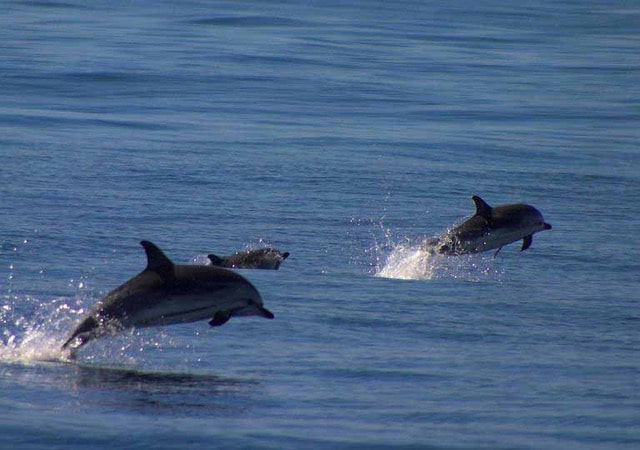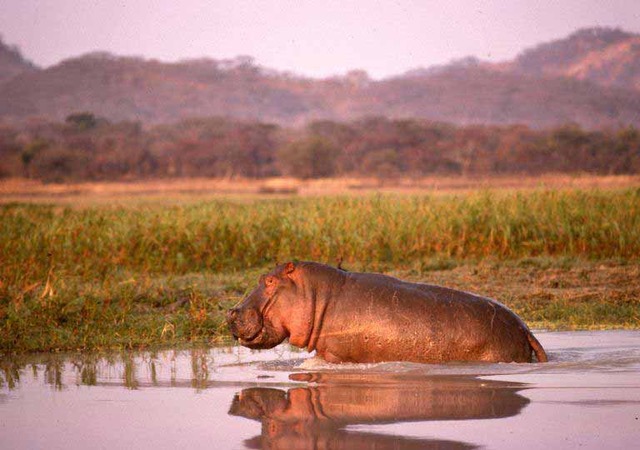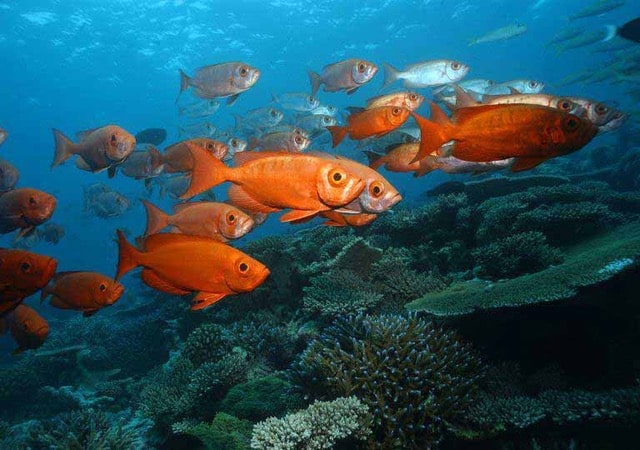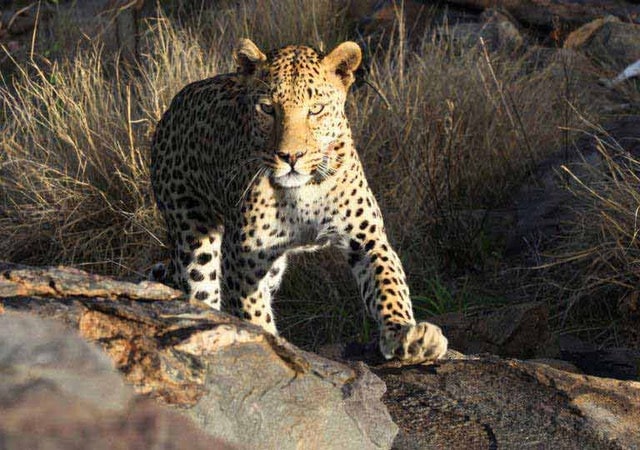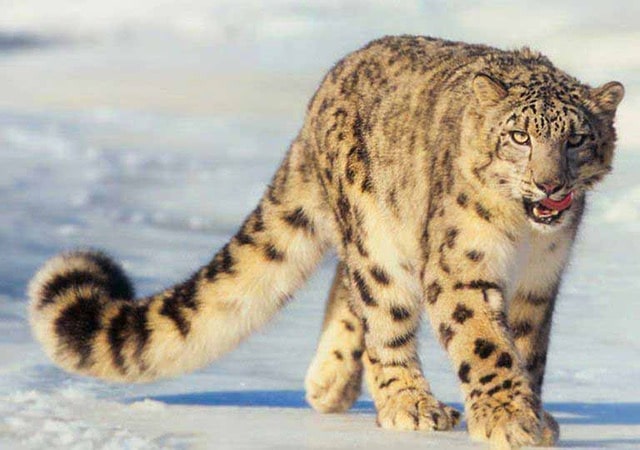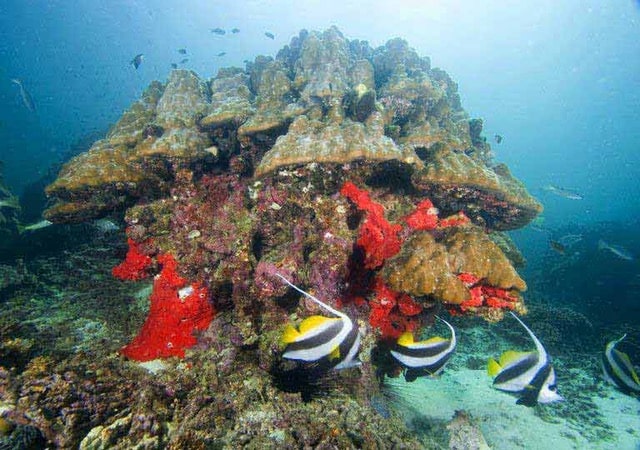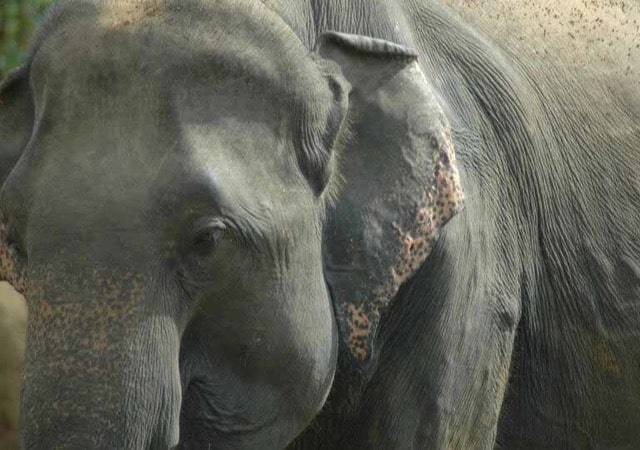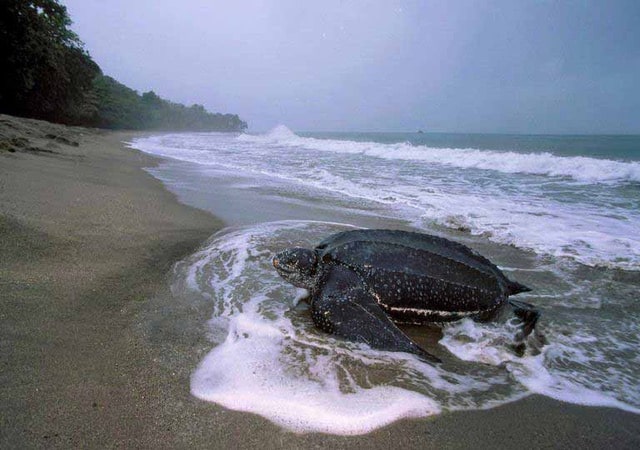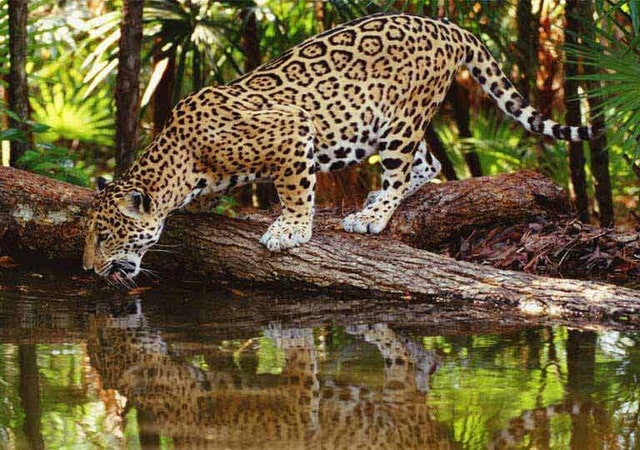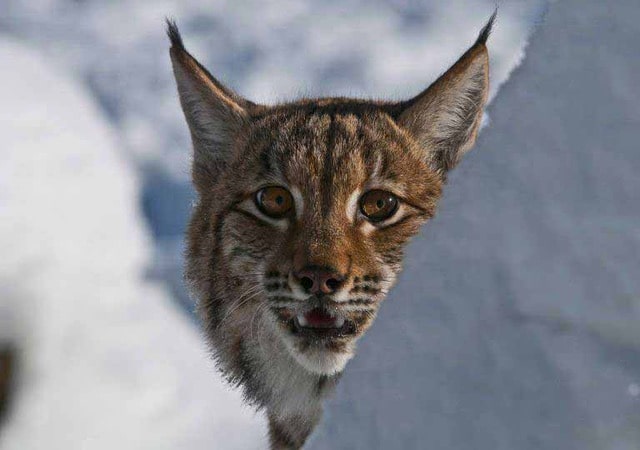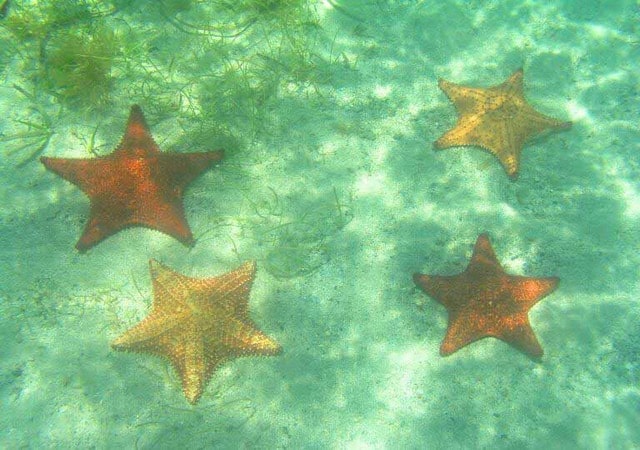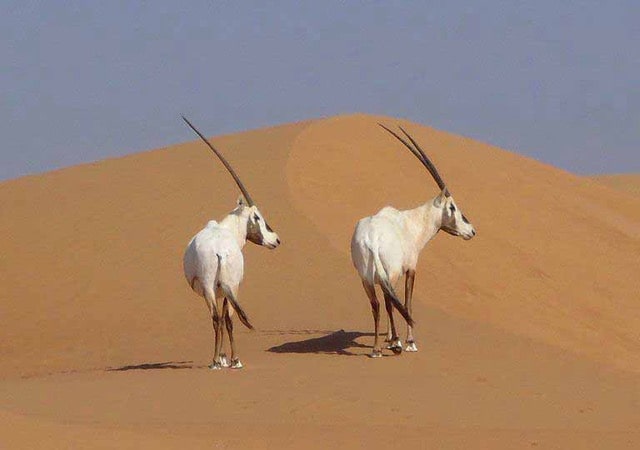AZORES (Portugal)
Survey of whales, dolphins and turtles around the Azores Archipelago in the middle of the Atlantic Ocean
€2590 (ca. £2258 | US$3036 | AU$4535)Status: only a few places left5 people are looking at this
GERMANY
Conservation of wolves in Lower Saxony, northern Germany
€2490 (ca. £2171 | US$2919 | AU$4359)Status: places available8 people are looking at this
MALAWI
African biodiversity survey of cats, elephants, primates and others in Malawi
€2990 (ca. £2607 | US$3505 | AU$5235)Status: only a few places left9 people are looking at this
MALDIVES
Diving expedition studying coral reefs and whale sharks of the Maldives
€3190 (ca. £2781 | US$3739 | AU$5585)Status: places available13 people are looking at this
SOUTH AFRICA
African biodiversity survey of cats, ungulates, rabbits and others in South Africa
€2890 (ca. £2520 | US$3387 | AU$5060)Status: full (but wait list available)7 people are looking at this
SWEDEN
Monitoring brown bear in the quintessentially Scandinavian woodlands of Dalarna province, Sweden
€2590 (ca. £2258 | US$3036 | AU$4535)Status: places available15 people are looking at this
TIEN SHAN (Kyrgyzstan)
Survey of snow leopards in the Tien Shan mountains of Kyrgyzstan
€2990 (ca. £2607 | US$3505 | AU$5235)Status: only a few places left12 people are looking at this
Current Expeditions
Order by
Expeditions under Review
Map ViewPast Expeditions
Map ViewOMAN | Arabian leopard
From 2006 until 2011 this project researched the ecology and status of the Arabian leopard in the Dhofar and Musandam regions of Oman. The project was stopped when it became clear that there was little support and willingness to act upon recommendations locally.
SCOTLAND | Marine mammals
This expedition studied cetaceans on the west coast of Scotland in 2013. Data gathered were used in local and national Biodiversity Action Plans (BAPs) and to advise the Scottish government on the creation of Marine Protected Areas (MPAs).
SPAIN | Lammergeier
This expedition to the Spanish Pyrenees working on lammergeyers (Europe’s biggest vulture) ran for one year in 2008 and helped to reverse EU high altitude carcass removal regulations. The regulations were designed to combat the spread of BSE / mad cow diesease, but this was starving high mountain vultures and bears.
THAILAND | Elephant
This expedition ran in the highlands of Thailand from 2017 - 2024. It established what at the time were the first full-day surveys of elephant behaviour, providing (and publishing) baseline information regarding foraging by semi-free ranging elephants in a previously un-described area. The expedition generated recommendations about how to increase elephant welfare and presented results at the International Elephant Symposium in Chiang Mai, to the world’s experts on elephants.
BRAZIL | Jaguars & pumas
From 2006 until 2011, this project studied jaguars and pumas of the Atlantic Rainforest. Recommendations for the management and protection of jaguars were incorporated into national and state-wide jaguar action plans in Brazil.
NAMIBIA | Big cats & elephants
Biosphere Expeditions worked in Namibia for twelve years from 2002 until 2014. In that time it played a small role in the establishment of the Kavango Zambezi Transfrontier Conservation Area, at the time the world's largest wildlife conservation area, spanning five southern African countries. It also played a pivotal role in establishing the country's largest leopard conservation research project, working with local ranchers and resolving human-wildlife conflict, which led to a significant reduction in big cats killed in the country. A research station was also built.
UKRAINE | Wolves & birds
Between 2001 and 2004 this expedition studied wolves and birds of the Kinburnska Kosa in the Ukraine. This led to the declaration of a national park, protecting an important stop-off point for many migratory birds, as well as a haven for fauna and flora (it boasts, amongst other things, Europe's biggest orchid field).
MUSANDAM (Oman) | Coral reefs
This coral reef diving project ran from 2008 to 2017 and resulted in the declaration of two protected areas in the region, as well as the creation of local NGO Reef Check Oman.
SRI LANKA | Elephants
This project studied human-elephant conflict in Sri Lanka in 2005 and had to be cancelled due to the then civil war that flared up in the region in the subsequent years.
ALTAI | Snow leopards
Data collected by expeditions from 2003 until 2012 helped with the declaration of Saylyugemsky National Park, a protected area for snow leopards and other wildlife in the Altai Republic, Central Asia. In addition, local poachers were converted into conservationists by paying them for verifiable camera trap pictures of snow leopards surviving year-on-year.
SUMATRA (Indonesia) | Tiger
This three-year project (2015-2017) in collaboration with WWF Indonesia studied tigers, their prey and human-wildlife conflict in Rimbang Baling Wildlife Reserve and made recommendations for better tiger protection and integrating local people into tiger conservation.
COSTA RICA | Leatherback sea turtle
This project fought a successful battle with poachers of turtle eggs from 2016-2020, with up to 75% of nests across four turtle species (leatherback, green, hawksbill, loggerhead) saved as a result of beach patrol and direct conservation actions. There were also encouraging signs of national authorities tasked with nature protection and law enforcement joining efforts in turtle conservation. Such combined actions by partner NGOs and state authorities were apparent at the end of the project with a novel aim of bringing poaching down to levels below 10%, thus turning the project from extinction prevention into population recovery.
ROMANIA | Bear, wolf, lynx, beaver
This project worked for one year only (in 2019), helping to monitor bear, wolf, lynx and beaver in order to help in the creation of Europe's biggest national park in the Carpathian mountains of Romania.
SOUTH AFRICA | Leopards & biodiversity
This expedition ran from 2015-2017 at Blue Hill Nature Reserve, Western Cape, South Africa. Over the years it placed camera traps and analysed over 5000 images captured by such traps, conducted 20 km of flush and the first-ever small mammal trapping survey, worked on birds and bats, discovered new locations and examples of ancient rock art, and recorded the first-ever capture of a Hottentot buttonquail, an endangered bird species endemic to the area. Published articles include one on the Hottentot buttonquail, one on Cape rockjumpers, the impacts of fire on various aspects of fynbos ecology, honeybush and tortoises, all adding more useful pieces to the puzzle of what is known about South African wildlife in academic and conservation circles.
AMAZONIA (Peru) | Cats, primates, parrots
Biosphere Expeditions worked in Amazonia from 2001 until 2016. During this time, dams were not built based in part on Biosphere Expeditions’ biodiversity studies and impact assessments, local conservationists were trained and found jobs, and a research station was built (which still operates today). Guidelines for boat behaviour at clay licks in the Tambopata Reserve were also incorporated into local management plans.
SLOVAKIA | Lynx, wolf, bear
From 2004-2017 Biosphere Expeditions worked in various locations and seasons in Slovakia, monitoring chamois, wolf, lynx and bear populations and helping to establish protection regimes and resolve human-wildlife conflicts.
AUSTRALIA | Turtles
This expedition ran from 2010 to 2011 and was about the conservation of the Australian flatback turtle. When Australia created the world's largest network of marine reserves in 2012, the Roebuck Commonwealth Marine Reserve, site of the expedition, was made part of the network, and is described as ‘foraging area adjacent to important nesting sites for flatback turtles’, just as suggested in the expedition reports.
POLAND | Wolves
This inaugural Biosphere Expeditions project ran from 2001-2003, studying wolves in the Bieszczady Mountains National Park. It played an active role in saving wolves from being declared legitimate hunting targets in the area. It also captured and collared the first ever wolf in the Polish Carpathians.
TIOMAN (Malaysia) | Coral reefs
The coral reef expedition to Tioman Island, Malaysia started in 2012 and ran until 2016. Biosphere Expeditions provided vital data on coral reef health and human-induced threats within the Tioman archipelago – data that were previously unavailable. We also helped build the foundation for 'Cintai Tioman', a long-term programme to increase social and ecological resilience on the island.
HONDURAS | Coral reefs
From 2006 until 2011 this coral reef conservation project assisted the Cayos Cochinos Marine Protected Area, Bay Islands, Honduras with managing and protecting their coral reefs.
ARABIA (UAE) | Oryx, wildcat, sand fox and others
This twelve-year project (2012-2024) worked in close cooperation with Dubai Desert Conservation Reserve to study desert species such as oryx, gazelles, foxes and cats, and make many important contributions to the management of the reserve and its rare species. Initially expedition work prompted the DDCR to change oryx feeding patterns, resulting in a much healthier population. Rare Gordon’s wildcats and a very rare and elusive sand fox were captured by the expeditions over the years, prompting the reserve to increase research and conservation efforts for these threatened species. Monitoring of vegetation and herbivore distribution by the expedition helped to inform conservation priorities, and camera trap results added to the DDCR fauna list, including a very rare cinereous vulture record. The expedition was terminated by the Dubai Municipality, against the expressed wishes of both partners, for not creating a profit, which - as a non-profit research and conservation project - it was never designed to do.
KENYA | Big Five and others
This expedition from 2019-2023 helped monitor biodiversity in the Maasai Mara of Kenya and trained rangers to do this independently. In doing so, the expedition made itself redundant and handed over to local monitors in 2023. While the expedition was on site, it also recorded a very significant rise in wildlife, reversing previous trends of biodiversity loss.

